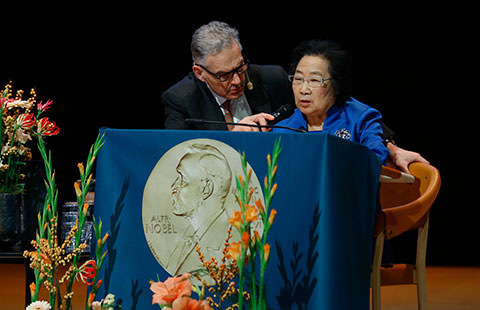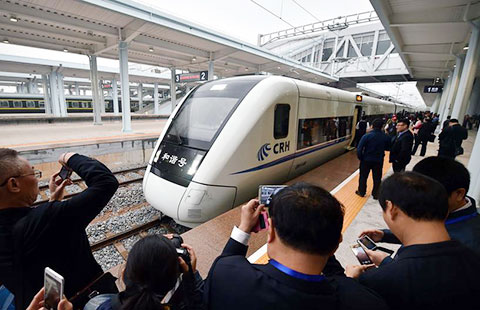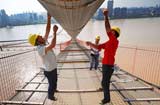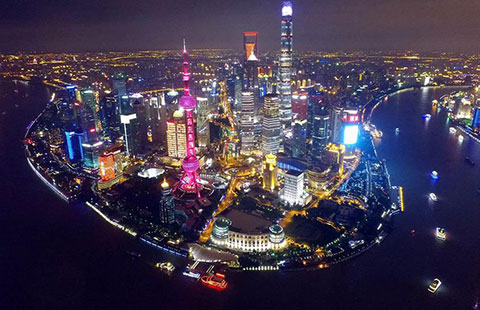Why did China convene its first urban work conference in 37 years?
By Ma Chi (chinadaily.com.cn) Updated: 2015-12-30 09:48On Dec 20, the Chinese government convened its first Central Urban Work Conference in 37 years. Why was the meeting held at this time? What can we expect from this meeting?
The Central Urban Work Conference is a meeting in which the central government lays out the guiding plan for the development of cities. The one held last week was the first such meeting since the reform and opening-up policy was initiated in 1978.
History of urban work meeting
In 1949, the Communist Party of China asserted control over most parts of the Chinese mainland. In the 2nd Plenary Session of the 7th CPC Central Committee held in March 1949, the party pointed out that its focus of work would shift from rural areas to urban areas, which demanded it learn to build and manage cities.
In the early 1960s, to manage cities across the country in a centralized and unified way and to address the major problems appearing in urban management, the central government convened, in succession, the first and the second urban work conference. The role of cities was defined at the two conferences, and it was emphasized that cities should support the development of rural areas.
In 1978, the third national urban work conference was held in Beijing. The meeting was held at a time when the construction of new cities boomed and proceeded in a planned way. One of the main subjects of the meeting was where the money for city construction should come from.
Why was the urban work conference held this year?
After more than three decades of development, China has witnessed massive urbanization – 750 million people, which make up more than half of the population, live in cites now, compared with only 18 percent in 1978. The number of cities jumped from 193 to 653 and every year, 21 million people – which is equivalent to the population of Romania - move to cities.
China is in a crucial transition period from a rural society to urban society. The process of urbanization led to a range of problems, such as air pollution, congestion, too much garbage and a lack of cultural identity. To cope with these problems and make the development of cities sustainable, a top-level design is urgently needed. That's why the Central Urban Work Conference was held.
Goals of China's city development
- To enable people in central and western areas to benefit from the development of cities without leaving their hometown.
- To keep the distinctive landscape and cultural and architectural identities of cities.
- To carry on the historical and cultural heritage of cities.
- To build cities with beautiful natural landscapes.
- To keep the expansion of cities within planned boundaries and to build smart and compact cities.
- Top planner targets 40% cut in PM2.5 for Beijing-Tianjin-Hebei cluster
- Yearender: Predictions for 2016 through 20 questions
- Clamping down to clean up the air
- Hotline links Taiwan and the mainland
- No new year's celebration in Shanghai one year after stampede
- Dictionary of Xi Jinping's new terms
- Freed death row inmate is compensated
- Shanghai airport going supersize
- Political bureau members should not feel superior: Xi
- Parents try to clear air for children at Beijing schools







